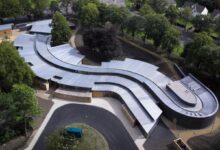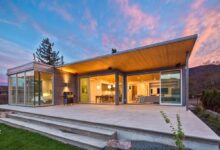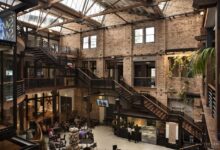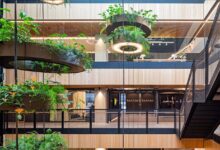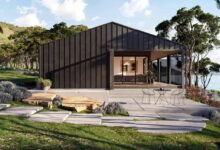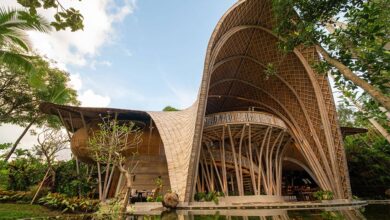Net-Zero Building Innovations Promise A Sustainable Future
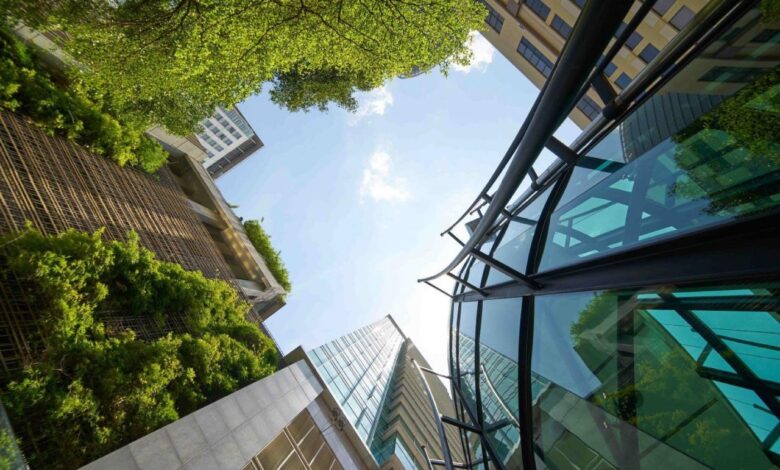
The world of architecture and construction is undergoing a profound transformation. As global awareness of climate change and environmental degradation intensifies, the concept of a building as a passive consumer of energy is becoming obsolete. A new era of Net-Zero Building Innovations is emerging, where a structure is designed to produce as much energy as it consumes, or even more. This isn’t just a niche trend for a few eco-conscious architects; it’s a fundamental shift in how we design, build, and inhabit our living and working spaces. This article will take a deep dive into the core concepts of net-zero building, exploring the pivotal role of advanced materials, the integration of smart technology, the focus on a circular economy, and the immense opportunities and challenges that lie ahead for a more sustainable, resilient, and human-centric future.
The Path to Net-Zero
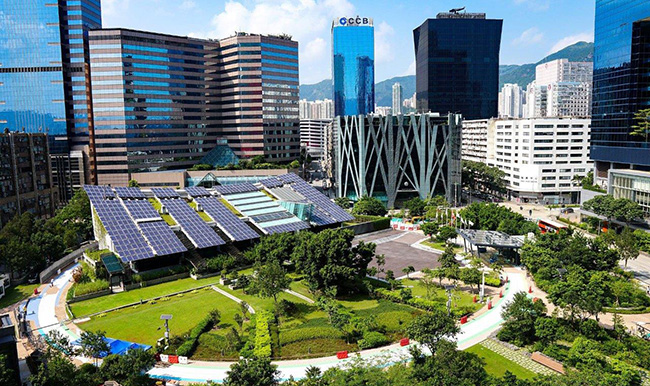
A net-zero building is, at its heart, a marvel of efficiency and sustainable design. It is a structure that is in harmony with its environment, minimizing its carbon footprint and maximizing its energy independence.
A. The Power of Passive Design
Before a single solar panel is installed, a net-zero building is a masterclass in passive design. This philosophy uses a building’s orientation, materials, and natural surroundings to minimize its energy needs.
- Optimal Orientation: The building is oriented to maximize solar gain in the winter and minimize it in the summer. Large windows on the south side can capture sunlight for heating, while a strategic placement of windows on the north side can provide natural light without the heat gain.
- High-Performance Envelope: The “building envelope” refers to the walls, roof, windows, and foundation that separate the interior from the exterior. A high-performance envelope is incredibly well-insulated and airtight, which can dramatically reduce the amount of energy needed for heating and cooling.
- Natural Ventilation and Daylighting: The building is designed for a high level of natural ventilation, with operable windows and a design that can take advantage of natural air currents to cool the building. The use of large windows and skylights can reduce the need for artificial lighting, which can be a major source of energy consumption.
B. The New Energy Grid
A net-zero building is an energy producer, not just a consumer. The path to net-zero requires a new focus on renewable energy and a new relationship with the energy grid.
- Solar Power and Battery Storage: The use of solar panels and a building-scale battery storage system is the most common way for a building to produce its own energy. The solar panels can generate a continuous stream of clean energy, and the battery storage system can store the excess energy for use at night or on a cloudy day.
- Smart Grids and Energy Management: A net-zero building is a smart building, and a smart building is a part of a larger smart grid. The building’s energy management system can communicate with the grid, using the excess energy from the solar panels to power the building or to sell the energy back to the grid. This can reduce the building’s energy bill and its carbon footprint.
- Geothermal and Wind Power: For buildings in a location with the right conditions, the use of geothermal heating and cooling systems or a small-scale wind turbine can also be a powerful way to produce clean, renewable energy.
The Intelligent Building
A net-zero building is a living, breathing, and intelligent ecosystem that can adapt to the needs of its occupants and the challenges of tomorrow. This requires a new generation of smart technology that is powered by artificial intelligence.
A. The Power of Building Automation and AI
The new generation of smart building technology is powered by artificial intelligence. AI can automate a wide range of tasks, from adjusting the temperature to turning off the lights, and it can learn a building’s occupants’ habits and preferences to create a more personalized and comfortable living experience.
- Predictive Maintenance: AI-powered systems can analyze a building’s data to predict when a system, such as an HVAC unit or a water pump, is likely to fail. This allows a building manager to schedule maintenance proactively, preventing a costly and unscheduled breakdown.
- Optimized Resource Management: AI can optimize the use of all resources in a building, from the amount of electricity consumed by the lighting system to the amount of water used by the plumbing system. This can dramatically reduce a building’s energy and water consumption.
- Personalized and Adaptive Environments: An AI-powered smart building can learn a building’s occupants’ habits and preferences and then adapt the building’s environment to them. The smart building can, for example, learn an occupant’s favorite temperature and automatically adjust the thermostat to that temperature when they are in the room.
B. The Focus on a Circular Economy
The new era of sustainable building is also a new era of a circular economy. The traditional “take, make, dispose” model of construction is no longer sustainable. A net-zero building is a part of a new, circular model where resources are kept in use for as long as possible.
- Recycled and Reclaimed Materials: The use of recycled and reclaimed materials is a key component of a circular economy. This includes everything from recycled steel and plastic to reclaimed wood and bamboo. These materials not only reduce a building’s carbon footprint but also provide a new level of aesthetic appeal.
- Modular and Prefabricated Components: The use of modular and prefabricated components is a new and powerful trend in sustainable building. A building can be built in a factory with a high degree of precision and then assembled on-site in a matter of days. This reduces waste, cuts down on construction time, and makes a building more resilient and more energy-efficient.
- A Building as a Resource: The ultimate goal of a circular economy is to see a building not as a final product but as a resource. The building is designed to be easily disassembled at the end of its life, and its components can then be reused or recycled and turned into a new building.
The Road Ahead
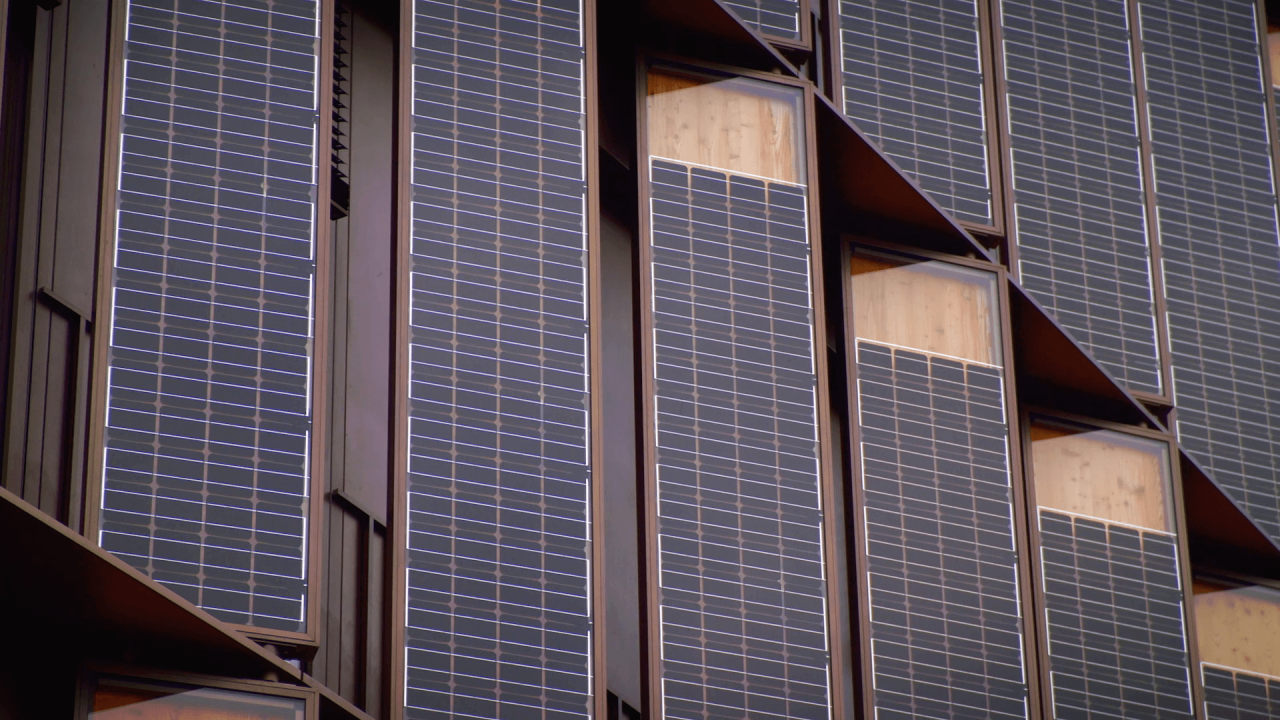
While the future of net-zero building is bright, there are significant challenges that must be addressed to ensure that this revolution is inclusive and sustainable.
A. The Cost of Implementation
The cost of a net-zero building, particularly a building with a large solar panel system and a battery storage system, can be prohibitive. The components that power these buildings are expensive, creating a new digital divide between those who can afford a high-end building and those who cannot. The use of modular and prefabricated components is a major step toward addressing this, but more work is needed to make a net-zero building accessible to everyone.
B. The Evolving Legal and Regulatory Framework
The new era of net-zero building is advancing faster than the laws that govern it. New regulations are urgently needed to address a wide range of issues, from the legal status of a building’s energy production to the rights of a building’s occupants. The lack of a clear regulatory environment is a major barrier to adoption for many developers and cities.
C. The Human Element
A building is, at its core, a place for people. While technology can solve many problems, it cannot replace the human element of empathy, community, and social connection. The challenge is to use technology to enhance human interaction, not to replace it. Urban planning must be human-centric, creating spaces that foster community and belonging.
Conclusion
Net-zero building innovations are not a passing trend but a powerful and transformative movement that is fundamentally reshaping our relationship with our built environment and with the planet. It is a testament to a new understanding that a building can be more than just a shelter; it can be an active participant in a sustainable ecosystem, producing its own energy, minimizing its carbon footprint, and providing a healthy and comfortable space for its occupants. The use of advanced materials, a new focus on a circular economy, and the integration of a new generation of smart technology are all a part of this new era. The new era of net-zero building is a clear signal that the future of building is a new kind of living, a living that is as adaptable and as resilient as it is intelligent and sustainable.
However, as we embrace this new era, we must also confront the significant challenges that lie ahead. The high cost of a net-zero building, the need for a new legal and regulatory framework, and the challenges of data privacy and security are all hurdles that must be addressed proactively. The future of building is a journey that will be defined not just by its technological prowess but by its ability to create a world that is more connected, more human-centric, and more conducive to a person’s overall well-being. The net-zero building is here, and it promises to build a future where our buildings are as healthy and as happy as we are.

